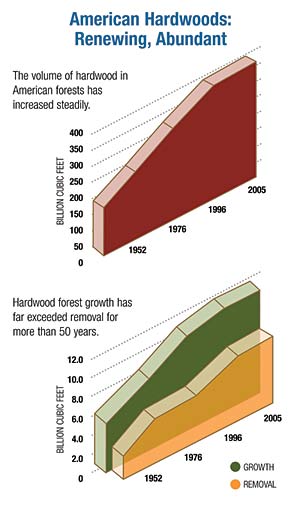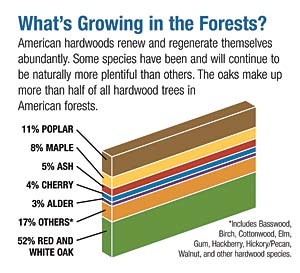American Hardwoods Enhance Healthy, Healing Spaces
Cleaning Hardwoods-What Architects Need to Know |
For architects concerned with a project's life-cycle costs and sustainability, non-toxic care and cleaning of American hardwood products are important considerations in their own right. Architects should also note the Centers for Disease Control guidelines stipulate that hand hygiene is the most significant factor in reducing transmittal of infection-thus paving the way for green cleaning rather than the use of harsh disinfectants on hardwood surfaces in health care settings. Mike Sawchuk, Vice President and General Manager of Enviro-Solutions, offers the following eco-friendly guidelines for keeping hardwood floors clean:
At the Lewis and Clark office building, "Our janitorial cleaning contractor worked with the state throughout the building design phase to assist in making determinations of how surfaces should be cleaned, or not, using environmentally friendly cleaning products. This is one step usually not taken in the building design phase," according to Dan A. Walker, Division of Administrative Support, Missouri Department of Natural Resources. He adds, "We've found the cleaning product market makes significant changes to meet the needs of the rapidly developing sustainable building industry." |
 |
 |








